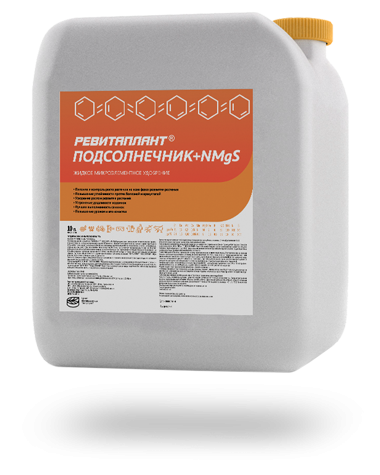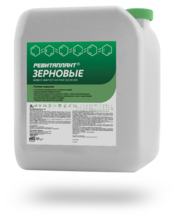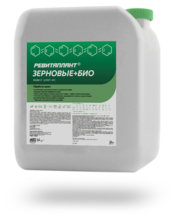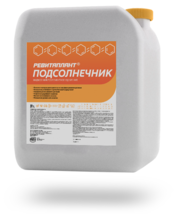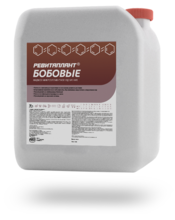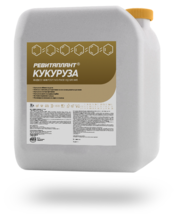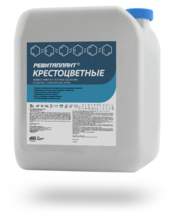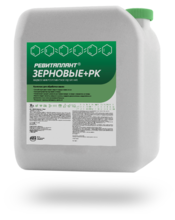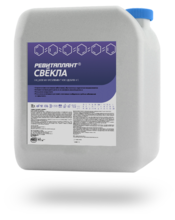Ingredients
Active ingredient content, by metal mass g/l
Goals / Purpose
| Crop | Input rate | Input stage | Remarks | |
|---|---|---|---|---|
| Crop: | Input rate: 3 l/t | Input stage: Seed material treatment | Remarks: Stimulation of seed sprouting ability and root formation | Details |
Description
Nutritional balance for sunflowers with micronutrients is critical to increasing seed production.
Fertilizing with mineral fertilizers throughout the entire growth of sunflower is uneven and depends on the development phase of the plant. Nitrogen is necessary from the very beginning of the plant cycle.
Before flowering, reserves are created in the stem and leaf plates, and after that there begins the transfer of the mineral from storage to the heart base. Regular top dressing with nitrogen helps to slow down leaf aging, to generate a large number of flowers in the heart, and increase the supply of protein that goes into the seeds.
Optimization of sulfur nutrition improves the absorption of nitrogen by plants, increases the oil content and the sunflower yield. When sulfur is low, young leaves become pale green or yellow, spotty chlorosis appears. Plant growth is inhibited too.
Magnesium is essential for active ripening, and its lack leads to an insufficient seed weight. Magnesium deficiency shows as the paleness of a leaf plate between the veins, the edges folding down, followed by dying out.
Also, a magnesium deficiency leads to a soil oversaturation with potassium.
The trace elements that sunflower consumes most are boron, magnesium and sulfur - these elements are input starting from the phase of 6-7 pairs of leaves. Treatment of sunflower with microfertilizers stimulates the adsorption of nutrients from the soil, accelerates the growth and development, better reveals the genetic potential of the plant.
